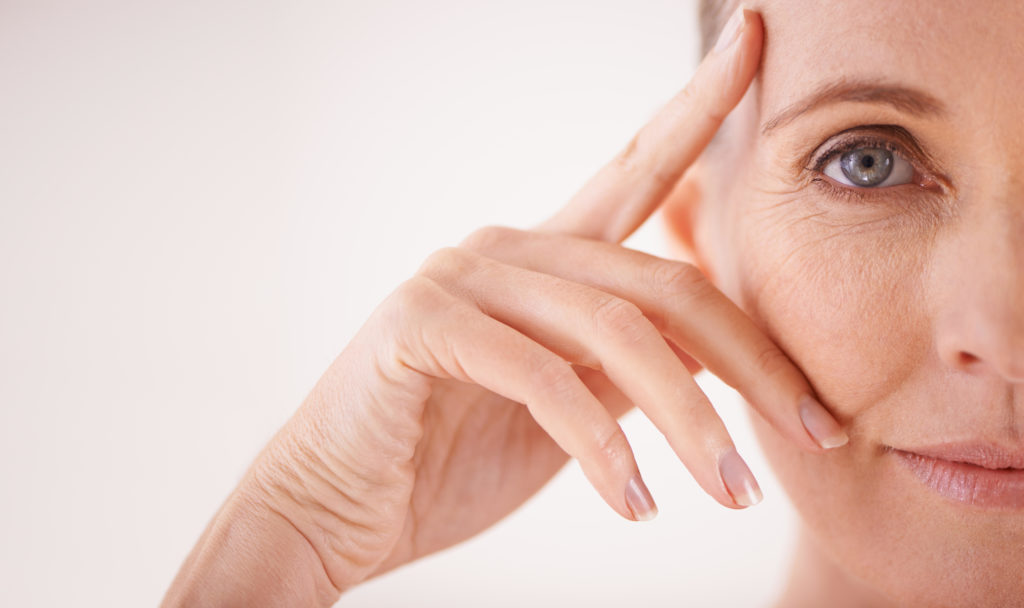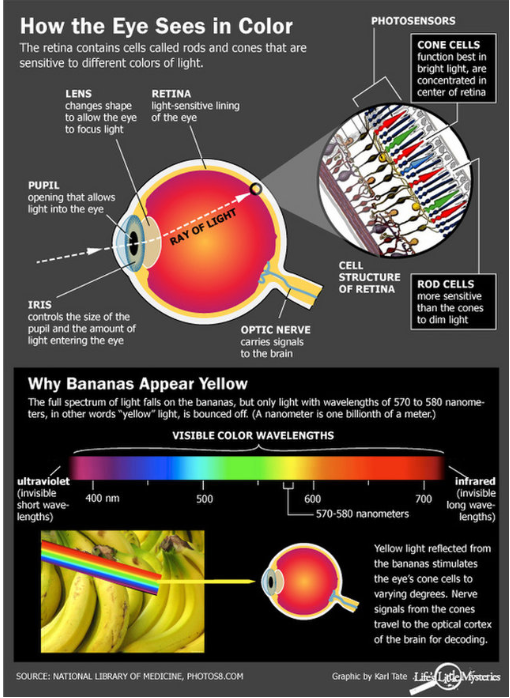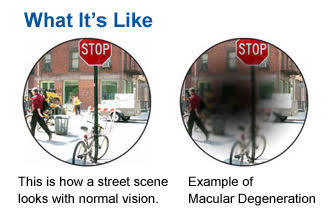Blue Light Blocking Glasses, Health & Wellness
Eye Health Is The True Window To The Soul

Article at a Glance:
- Light plays a huge role in your ability to interpet physical objects.
- Vision and Eyesight are two different things.
- The older you get, the greater health risk for your eyesight and vision
- The retina is a vital part of the eye that captures images we see.
Eye Health Is The True Window To The Soul
“The eyes are the windows to the soul.”
This metaphorical expression is often used to describe the deep connection one feels when looking into another’s eyes (or their inner world). However, like windows, the eyes work both ways — meaning, they can provide a lot of insight into a person’s emotional state, feelings, and thoughts; they are also vital tools that influence how we view the world around us.
And if the eye is the window into the soul, the pupil is—quite literally—an opening into the eye. The pupil acts like the aperture on a camera, dilating or contracting to regulate the amount of light coming into the eye. This is why our pupils get smaller when exposed to light and bigger in the dark. This is called the pupillary light response. (Psychology Today)
Did you know that sight and vision are really two different things?
Sight is a sensory experience in which light plays a huge role in your ability to see and interpret physical objects. When light reflects off of shapes and objects, it enters the light-sensitive part of the retina in your eyes. This is where millions of concentrated cones (photoreceptor cells) receive the information and send signals along the optic nerve to the visual cortex of the brain, which then processes the information and converts it into images and colors. 
Vision is a metaphysical concept that affects how the mind interprets the images that your eyes see. For example, if you see a car coming, you may envision that it’s not safe to cross the street until after the car has passed. Or, you may notice that the car is slowing down to give you the right of way. This may help you infer that it is now safe to continue walking across the street.
To put this into perspective, your ability to see may allow you to witness or partake in an event (e.g. a soccer game or wedding), but your vision is a bit more abstract in that it can help you understand the significance of a given event and encourage you to draw your own interpretations from it. Though sight and vision are different, they work harmoniously and are extremely important in empowering us to connect with our surroundings, to be safe, and to help keep our brains sharp.
With age comes greater health risks for your eyesight and vision.
Macular degeneration is the leading cause of vision loss, affecting more than 10 million Americans – more than cataracts and glaucoma combined. (AMDF) Often described as diabetes of the eye, this eye disease is caused by the deterioration of the retina. It results in the loss of the central vision in your eye(s), making it more difficult to see shapes and objects clearly.

The retina is a vital part of the eye that captures the images we see and sends the information from the eye to the brain so that we can adequately interpret shapes and objects. More specifically, the macula, located in the central portion of the retina, is responsible for helping the eye focus on fine details. It controls your ability to do things like see objects, read books, and drive a car.
Here are some quick facts about AMD that you should know:
- Macular degeneration is the leading cause of vision loss, affecting more than 10 million Americans – more than cataracts and glaucoma combined. (AMDF)
- The number of older Americans is projected to nearly double from 48 million to 88 million in 2050, which means that the rate of AMD occuring is expected to increase as well. (CDC)
- The wet form of AMD is the more advanced and damaging form (compared to the dry form).
- The causes of this disease are complex and uncertain, but research indicates that both heredity and environmental factors are involved.
- Recent studies have shown that overexposure to artificial blue light can be a leading contributor of the development of AMD and blindness over time.
Things that you can do to prevent AMD and vision loss:
- Talk to your doctor. Get regular eye exams and be sure to share any family medical history with your doctor that may be related to poor or deteriorating eye health.
- Focus on maintaining a healthy lifestyle:
- Don’t smoke cigarettes.
- Keep your cholesterol low.
- Exercise regularly.
- Maintain a healthy diet that isn’t too high in carbs. Instead, opt for green, leafy vegetables that have large amounts of Vitamins C & E, Beta-carotene, Zinc, and Copper. These can help reduce the progression of AMD by as much as 25%.
- Don’t spend too much time using digital devices. Try to keep your screen time to a minimum; however, if you must use phones/computers/tvs, then be proactive about protecting your eyes with blue light-blocking glasses
Don’t wait until it’s too late! Appreciate your eyes and give ‘em some love!

